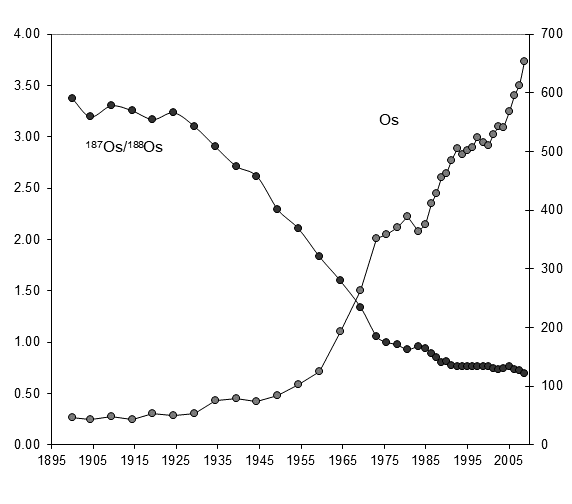In recent years, there has been a growing awareness about Environmental Forensic and the unlimited applications of this tool. One of the early applications was to identify oil spills, however, the field of Environmental Forensic is expanding.
We now see a shift from a specialized data analysis effort focused on analytical chemistry to a range of applications within chemical, geochemical and historical data combined with powerful evaluation tools.


Environmental Forensics has been defined by B.L. Murphy and R.D. Morrison as follows:
“Environmental Forensics combines scientific disciplines and historical research methods to reconstruct past and present contamination events, in particular, the parties involved and when and how contaminations at various locations occurred”.
In other words, the basic elements and central questions for an investigation is; what, where, when and who? What and where represent characterizing the site and the nature of the contamination. When and who refers to identifying the time span of the contamination and the responsible party.

The majority of the work undertaken in laboratories today is focused on organics testing and variations of TPH or PAH testing, similar to early investigations trying to identify oil spills.
However, new analytical instrumentation for isotope ratio determination combined with evaluation tools similar to the one issued by the US EPA has resulted in a significantly increased use of isotope ratios within Environmental Forensic.
Recent examples of the use of isotope ratios within Environmental Forensics are:
- Isotope analysis of lead (Pb) for identifying ammunition as the cause of increased Eagle mortality
- Osmium (Os) isotope ratios used to pinpoint a contamination source after highly elevated levels of the toxic gaseous OsO4 was found in the environment.
- Mercury (Hg) isotope ratios used to monitor the distribution and contamination of mercury into the environment associated with a submarine accident during the WW2.
- Lead isotope measurements used for reconstructing historical release and establishing background levels
Emma Engström, R&D Manager at ALS Scandinavia comments:
We have long been awaiting a model where isotope ratios in combination with screening analyses and software tools can be used to answer the questions; what, where, when and who within Environmental Forensic. With new modelling tools available, combined with accurate isotope ratios measurements from the laboratory, this is now a reality. I am confident that clients now have access to one of the best applications in the market enabling them to make more informed decisions.
To learn more about the services ALS provides for isotope ratios please visit our dedicated website www.isotope-analysis.com.